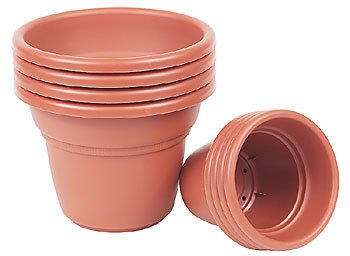I can detect a few green sprouts emerging from my frost-damaged
fuchsias and citrus trees. Can I take this to mean that those
plants damaged in our cold spell in January have made it and are
coming back?
It’s the first of the month, time for garden question-and-answer time.
You may e-mail questions to ga*******@*ps.net or mail questions in care of this newspaper.
For a faster, personal response, please include a self-addressed, stamped envelope.
Q: I can detect a few green sprouts emerging from my frost-damaged fuchsias and citrus trees. Can I take this to mean that those plants damaged in our cold spell in January have made it and are coming back? Is there anything I need to do to help them make this comeback?
– A.C., Gilroy, via e-mail.
A: Yes, the good news is that many of our plants, shrubs, vines and trees that looked so bad just a couple months ago, are making comebacks. Many varieties of citrus and tropical types like bougainvilleas, fuchsias and hibiscus took particularly hard hits. Even usually hardy specimens like agapanthus and oleanders were hit hard by those temperatures in the 20s in January. You can help those comebacks by a little careful pruning.
You may notice that much of the new growth is coming from within the plant on inner branches and stems. This is because frost kills from the outside in. Outer growth dies first in severely cold weather, while branches further in or closer to the trunk will usually survive.
You can check to see if outer stems or branches are still alive by scratching the bark with a knife or sharp object. If it’s green underneath, the stem is still alive; if it’s brown, carefully prune back growth to where it’s green underneath. You can also prune away criss-crossing inner branches to allow more light and air within.
At the same time, frost-damaged plants will be happy with a little all-purpose fertilizer about now. It almost doesn’t matter what you use, just go ahead and feed them. Dry fertilizers, liquid types, timed-release, Miracle-Gro, just do it.
The bad news is that some cold-damaged plants may not make it. Again, check to see if the specimen is still alive by scratching the bark.
Often, the specimen may appear dead, but you’ll find green underneath the bark near the trunk.
In those cases, it would be better to go into the wait-and-see mode, and just leave things be for another month or two.
Many plants have a real will to live even when they’re damaged by severe winter weather.
Q: I need a fast-growing vine to cover a carport. Do you have any suggestions?
– B.M., Hollister, via e-mail.
A: Star jasmine, honeysuckles and any type of ivy will grow fast, given enough heat, water and regular fertilizer. I’m partial to star jasmine because of their glossy green leaves and the multitude of white, star-shaped flowers that are very fragrant. See Trachelospermum for the Latin name of star jasmine.














